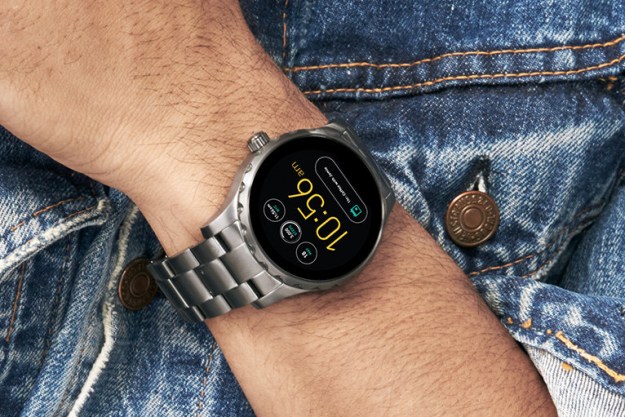In 1989, Marty McFly and Doc Brown traveled to October 21, 2015 and 26 years later we finally have something to hold from their trip. Nike is celebrating Back to the Future Day by releasing the illusive self-lacing Nike Mag sneakers for charity in Spring 2016.
The official Twitter account for MichaelJFox.org tweeted out a picture of Michael J Fox wearing a pair of the illusive sneakers. The proceeds will go towards The Michael J Fox Foundation for Parkinson’s Research:
This is real. This is today. Coming spring 2016. cc: @RealMikeFox @Nike pic.twitter.com/KPswXNojvA
— michaeljfox.org (@MichaelJFoxOrg) October 21, 2015
Nike has teased the release of the Nike Mag for years, propelling the hype to near mythological levels. The same man who created the most legendary Air Jordan sneakers, Tinker Hatfield, created the sneakers as a prop for Back To The Future II in 1989, featuring self-lacing and lights. Nike auctioned 1,500 pairs of the sneaker on eBay for charity in September 2011 and raised $4.7 million for The Michael J. Fox Foundation for Parkinson’s Research. Initially a Nike spokesman had no further details on the release other than the fact the self-lacing sneakers other than the fact the company has set the sneakers loose in New York City. However, Michael J Fox sent a picture of a letter from Hatfield detailing the significance of the Nike Air Mag and their release.
The letter I received from Tinker today. Thanks @Nike pic.twitter.com/UIolXrkUVC — Michael J. Fox (@realmikefox) October 21, 2015
Those 2011 Nike Air Mag sneakers are cool and have worked their way through the sneaker resale market for an average of over $6,000, according to resale analytic site, Campless. But, they did not have one key feature: self-lacing technology. Nearly two years to the day of the 2011 Nike Air Mag release, Hatfield and Nike were granted the patent for self-tying shoe technology.
A Nike spokesperson was mum on the details of price, availability, and technical details of the self-lacing technology, but if we need any proof of their tangible existence we only need to go to one place: Twitter. Kansas City Royals pitcher Jeremy Guthrie sent what seems to be the first photo of someone wearing a pair since Nike’s announcement, on his Twitter account. Then again, those could very well just be the 2011 Nike Air Mag as it does not show off the self-lacing technology:
Roads? Where we’re going, we don’t need roads. #BackToTheFuture#TakeTheCrownpic.twitter.com/QjrNPwPvFD
— Jeremy Guthrie (@TheRealJGuts) October 21, 2015
With Lexus making hoverboards and everyone from Google to Ford designing cars to drive themselves, we may be headed back to the future sooner than we expected.
Here’s Michael J Fox speaking with David Letterman about the 2011 Nike Air Mag sneakers around the time of the sneaker’s release:


